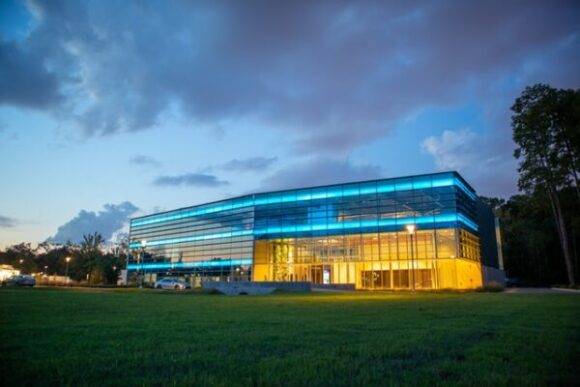Smart Buildings: Most of the buildings that are currently being built have different smart technologies, whether in their lighting, air conditioning, ventilation, and even security systems … but what do we mean by the concept of a smart building?
Well, it could be said that a smart building is one that uses technology to create a more comfortable, safe, and productive environment for its occupants and more operationally efficient for its owners. This term is applicable to any type of building: residential, commercial, industrial buildings, sports spaces, etc.
As cities become smart, so are their means of transport, infrastructure,, and buildings. Through technology, the aim is to control access and security, the use of energy resources such as water and electricity, air conditioning and temperature installations, the automation of household tasks and, in short, carry out efficient management. in an automated and controlled way of all systems.
The conception of a smart building begins from the beginning of the project in which multidisciplinary teams (architects, telecommunications engineers, technicians …) must be involved. These professionals will be in charge of carrying out a basic study on energy supply and demand, construction systems, choice of technologies and components, and the interconnection between all these elements so that, through the data collected, the objectives in terms of costs are achieved, comfort, convenience, safety, flexibility, and productivity.
What Requirements Must A Smart Building Meet
If we take into account that smart buildings will be key in the not too distant future to improve our quality of life and personal well-being, it will be important to know what requirements these buildings must meet :
- Regarding its architectural and construction design: a smart building must meet the needs of its occupants in various areas; thermal comfort, security, accessibility, operability, etc. They are buildings of modern design and above all practical, which allow quick and economical interventions and remodeling and a rapid adaptation for the implementation of the continuous technological changes that occur in the sector. Buildings designed for long service life.
- Regarding its technology; a smart building must include the automation of all its systems and be equipped with facilities controlled through home automation systems managed by advanced communication technology. This automated management and control allow increasing energy efficiency, security, usability, and accessibility.
- Regarding its environmental impact: a smart building must be built using the most effective and efficient materials and systems respecting the environment and the surroundings. Its main objectives should be to achieve the maximum levels of energy efficiency and energy savings in all its air conditioning, ventilation, and lighting systems and to reduce its polluting emissions to the maximum.
- Regarding the economic and cost aspects: one of the main objectives of a smart building should be to optimize its operating and maintenance costs and to maximize its useful life. Additionally, these types of buildings have an added value compared to conventional constructions and generate greater interest, having a direct impact on their market value in terms of their sale or rental prices.
In short, a smart building must go beyond the incorporation of technology and, through the integration of all the aforementioned concepts, provide users with a safer, more sustainable, comfortable, and profitable environment.

Veena is a prolific writer, blogger, and social media enthusiast known for her expertise in crafting engaging guest posts and managing successful blogs across various niches. With a passion for writing and a keen understanding of digital marketing trends, Veena has established herself as a prominent voice in the online community.
